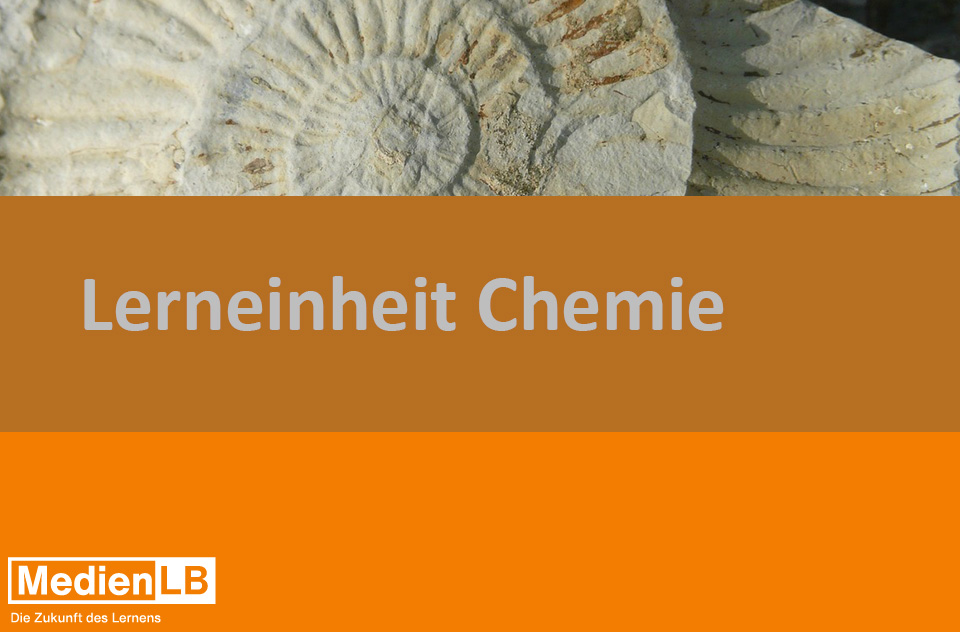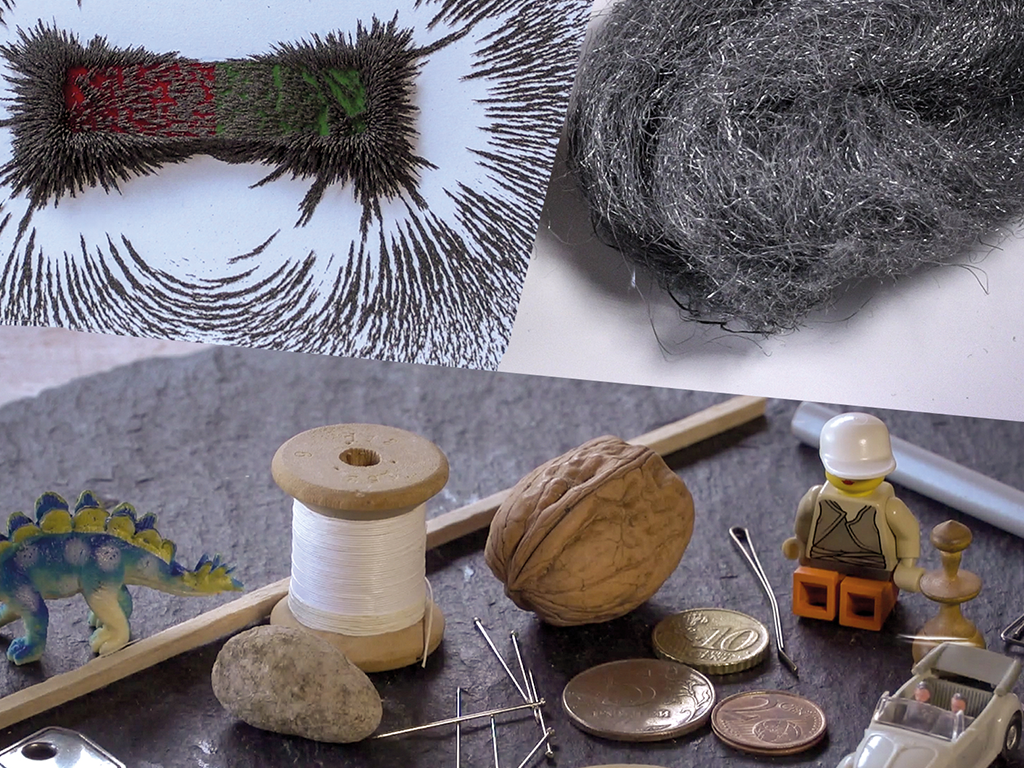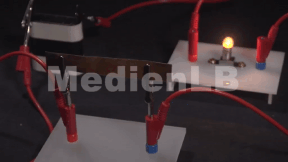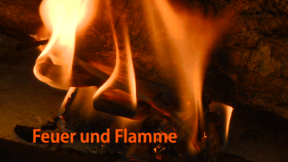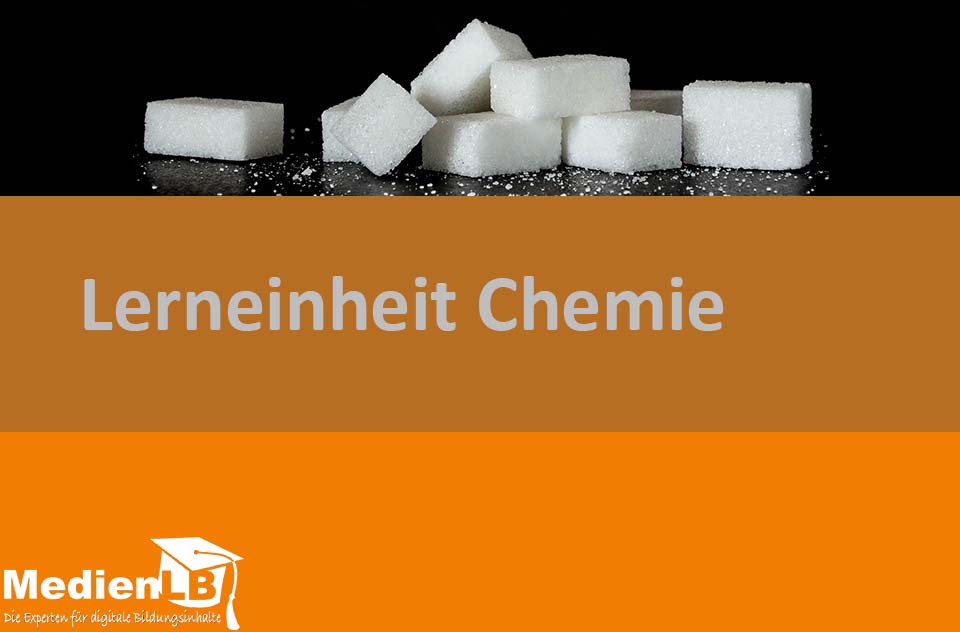
55503281
Kohlenhydrate: zuckersüße Chemie
In 10 interaktiven H5P-Modulen wird Wissen zum Thema Kohlenhydrate vermittelt und anschließend abgefragt.
Das Medium bietet H5P-Aufgaben an, die ohne zusätzliche Software verwendbar sind.
Durch interaktive Aufgabentypen wird das audiovisuelle und interaktive Lernen einfach.
Lernen macht jetzt Spaß!
Included Tasks
- I Nahrungsgrundlage: Kohlenhydrate - Aufgaben mit Video
- II Energiekreislauf - interaktive Aufgabe
- III Zucker ist nicht gleich ZUCKER - interaktive Aufgabe
- IV Aufbau der Kohlenhydrate - Lückentext
- V Fehling-Probe - interaktives Video
- VI Einteilung der Kohlenhydrate - interaktive Aufgabe
- VII Einfachzucker: Monosaccharide - interaktive Aufgabe
- VIII Zweifachzucker: Disaccharide - interaktive Aufgabe
- IX Stärkenachweis - Video mit Aufgaben
- X Kohlenhydrate-Quiz - interaktive Aufgabe
Curriculum-centred and oriented towards educational standards
Matching
Lerneinheit Chemie 8 – Kalk
In unserem Arbeitsheft „Lerneinheit Chemie 8 – Kalk“ finden Sie 10 interaktive und didaktisch aufbereitete Aufgaben zum Thema Kalk.
Materials and Substances of Everyday Life
Hearing these words, you first think of the materials our clothing is made of. But all objects surrounding us in everyday life consist of one or several materials.




